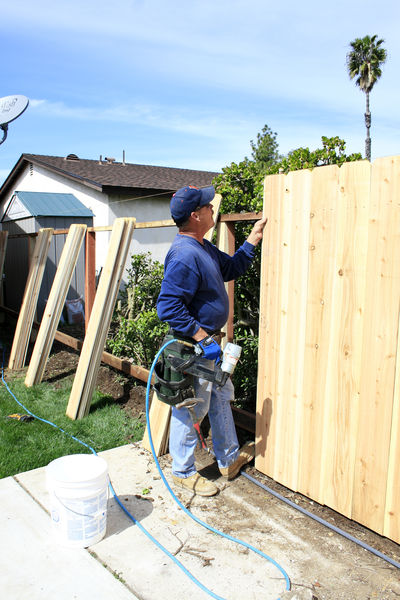Settlement House Movement

As more women gained access to a college education in the late nineteenth century, many hoped to use their skills and talents for more than homemaking and child rearing. Jane Addams, born in 1860 to a Quaker miller in Illinois, was one of these women who hoped to improve the life of others and society at large. After completing her education, Addams took a trip to Europe, where social activism in the slums of London had a dramatic effect on her. She returned to Chicago to found her own version of London's "settlement houses" in 1889. The British settlement houses, which inspired Addams, were residences located within destitute neighborhoods with programs designed to improve living conditions. Addams's Hull House, located in an immigrant area of the city with appalling living conditions, provided numerous women with the opportunity to serve the poor neighborhood and reform conditions there. Environmental reforms became an important component of their work, but settlement houses also organized kindergartens for immigrant children; provided classes on ethnic culture and art; and gave immigrants a place to meet, visit, bathe, and see health professionals.
Addams incorporated a large number of environmental reforms in her agenda for Hull House. One of the most notable included her efforts to address the unhealthy piles of garbage in immigrant neighborhoods because of a lack of municipal attention. The mayor of Chicago eventually appointed Addams garbage inspector for her area, a job she took very seriously. Addams supervised garbage collectors and took violators of garbage regulations to court. Although Addams and her cohorts often initiated reforms, the immigrants played an active role too, assisting in information gathering and its communication to their neighbors. Alice Hamilton, also a resident of Hull House, worked extensively on occupational health and safety issues, demonstrating the dangers of lead and other toxic substances.
The Settlement House Movement, begun by Addams and a part of national Progressive Era reform movements, spread quickly to other industrial urban areas. Lillian Wald established Henry House in New York. Initially hoping to focus on the delivery of modern health care, Wald quickly became outraged over immigrant living conditions and shifted her focus to improving city services, establishing parks for children, and educating immigrants about sanitation issues.
Although the most famous settlement house workers were middle- and upper-class white women, African-American women also participated in the movement throughout the United States. They focused on issues similar to those of white women, but had to cope with the additional problems of racism, segregation, disfranchisement, and discrimination facing black communities in general. They worked tirelessly to educate other African-Americans about sanitation and health issues and to improve neighborhoods by pressing for garbage pickup and better city services like sewers and lighting.
Although settlement houses failed to eliminate the worst aspects of poverty among new immigrants, they provided some measure of relief and hope to their neighborhoods. Nonetheless, historians have found that settlement house workers held a very condescending attitude toward immigrant populations, one that dismissed native cultures and sought to impose decidedly white middle-class values. Despite any such limitations, settlement house workers raised public awareness of pollution issues, especially in the areas of health, sanitation, and city services. They influenced politicians and forced them to consider issues of importance to immigrants. Finally and equally importantly, settlement house workers provided a legitimate venue for women to become active in city politics and other national issues, such as the burgeoning women's suffrage movement.
SEE ALSO A CTIVISM ; A DDAMS, J ANE ; E NVIRONMENTAL M OVEMENT ; H AMILTON, A LICE ; I NDUSTRY ; L EAD ; O CCUPATIONAL S AFETY AND H EALTH A DMINISTRATION (OSHA) ; P OLITICS ; P ROGRESSIVE M OVEMENT ; S OLID W ASTE ; W ORKERS H EALTH B UREAU .
Bibliography
Addams, Jane. (1911). Twenty Years at Hull House, with Autobiographical Notes. New York: Macmillan.
Lasch-Quinn, Elisabeth. (1993). Black Neighbors: Race and the Limits of Reform in the American Settlement House Movement, 1890–1945. Chapel Hill: University of North Carolina Press.
Levine, Daniel. (1971). Jane Addams and the Liberal Tradition. Madison: State Historical Society of Wisconsin.
Internet Resources
"Settlement Houses: New Ideas in Old Communities." Available from http://www.socialworker.com/sethouse.pdf .
United Neighborhood House Web site. Available from http://www.unhny.org .
Elizabeth D. Blum
Comment about this article, ask questions, or add new information about this topic: